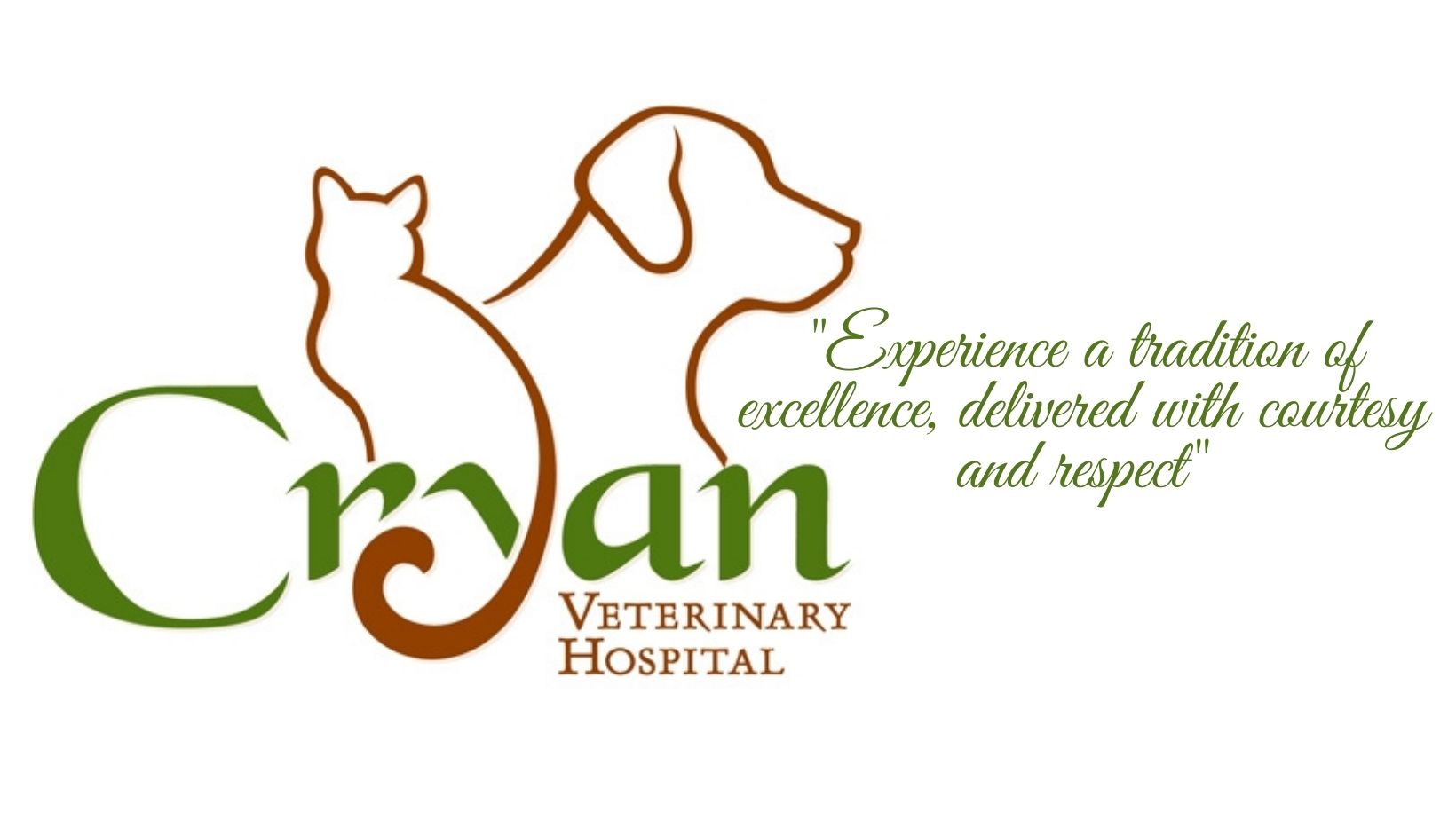Ultrasound Examination in Dogs
What is an ultrasound?
 An ultrasound examination (ultrasonography), is a non-invasive imaging technique that allows internal body structures to be seen by recording echoes or reflections of ultrasonic waves. Ultrasound is a non-invasive imaging technique that is considered safe and does not involve radiation.
An ultrasound examination (ultrasonography), is a non-invasive imaging technique that allows internal body structures to be seen by recording echoes or reflections of ultrasonic waves. Ultrasound is a non-invasive imaging technique that is considered safe and does not involve radiation.
Ultrasound equipment directs a narrow beam of high frequency sound waves into the area of interest. The sound waves may be transmitted through, reflected, or absorbed by the tissues that they encounter.
Ultrasound waves can assess the size, texture, and shape of organs and tissues, by providing a 2-dimensional image. This technique was first used in veterinary medicine for pregnancy diagnosis. However, ultrasound images are also extremely useful in evaluating heart conditions, abdominal organs, and the eyes, as well as the identification of cysts and tumors.
Does the technique have any drawbacks?
Ultrasound examinations are of little value in examining organs that contain air. Ultrasound waves will not pass through air and therefore it cannot be used to examine normal lungs. Bone also stops ultrasound waves, so the brain and spinal cord are unable to be seen with an ultrasound study, and obviously, bones cannot be examined.
Are there different forms of ultrasound?
 Depending on the images produced, ultrasound can take various forms. In veterinary medicine, B-mode (brightness-mode) ultrasound, more commonly called two-dimensional ultrasound, is the most common form. This gives a two-dimensional picture of the organ scanned. This is the type of ultrasound that is used to examine abdominal structures, perform pregnancy diagnosis, evaluate cardiac function, and examine the eyes for certain eye diseases.
Depending on the images produced, ultrasound can take various forms. In veterinary medicine, B-mode (brightness-mode) ultrasound, more commonly called two-dimensional ultrasound, is the most common form. This gives a two-dimensional picture of the organ scanned. This is the type of ultrasound that is used to examine abdominal structures, perform pregnancy diagnosis, evaluate cardiac function, and examine the eyes for certain eye diseases.
Will my dog have to have an anesthetic?
Anesthesia is not usually needed for most ultrasound examinations unless biopsies are to be taken. The technique is totally painless, and most dogs will lie comfortably while the scan is being performed. Occasionally, if the dog is very frightened or restless, a sedative may be necessary. If biopsies are to be taken, a short-acting anesthetic or a heavy sedative will be needed to help relax your pet during the procedure and prevent potential complications.
Is it necessary to shave my dog's fur?
In most cases, the fur must be shaved to perform an ultrasound examination. Since ultrasound waves are not transmitted through air, it is imperative that the hand-held probe makes complete contact with the skin. In some cases, such as pregnancy diagnosis, it may be possible to get adequate images by moistening the hair with rubbing alcohol and applying a large amount of water-soluble ultrasound gel. However, in all cases, the ultrasound images will be of better quality if the area to be examined is shaved.
When will I know the results of the examination?
Since an ultrasound study is performed in real time, the results of what is seen are known immediately. In some cases, the ultrasound images may be sent to an internal medicine specialist or a veterinary radiologist for further consultation. When this occurs, the final report may not be available for a few days.
Is the technique affordable?
Although the initial cost of a scan may seem high, it has to be equated with the high cost of the equipment, the fact that specialized training is required in order to interpret the images, and the significant amount of time involved in carrying out the examination. Its usefulness for pregnancy diagnosis, evaluation of the internal organs, assessment of heart function, and evaluation of certain eye diseases, make it an invaluable, non-invasive diagnostic tool to help protect your pet's well-being.
© Copyright 2025 LifeLearn Inc. Used and/or modified with permission under license. This content written by LifeLearn Animal Health (LifeLearn Inc.) is licensed to this practice for the personal use of our clients. Any copying, printing or further distribution is prohibited without the express written consent of LifeLearn. This content does not contain all available information for any referenced medications and has not been reviewed by the FDA Center for Veterinary Medicine, or Health Canada Veterinary Drugs Directorate. This content may help answer commonly asked questions, but is not a substitute for medical advice, or a proper consultation and/or clinical examination of your pet by a veterinarian. Please contact your veterinarian if you have any questions or concerns about your pet’s health. Last updated on Jul 23, 2024.

